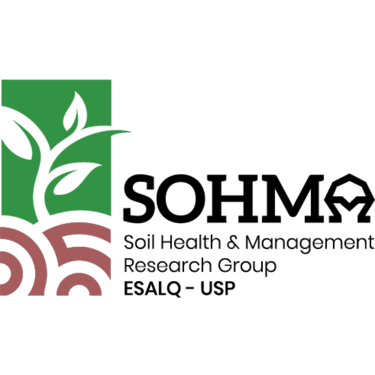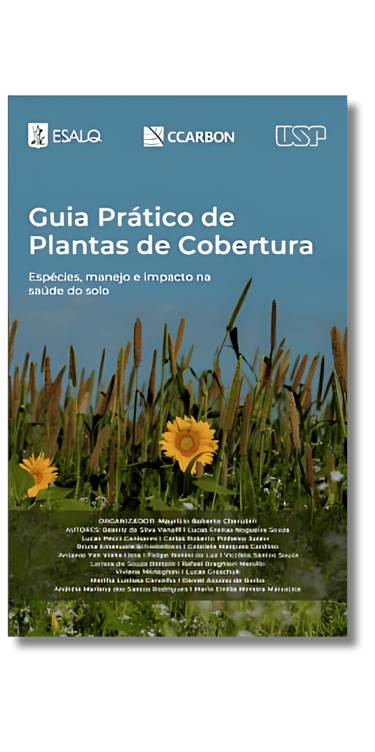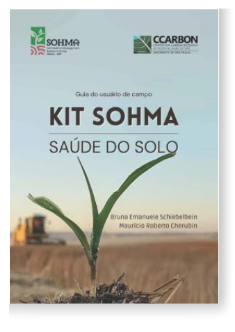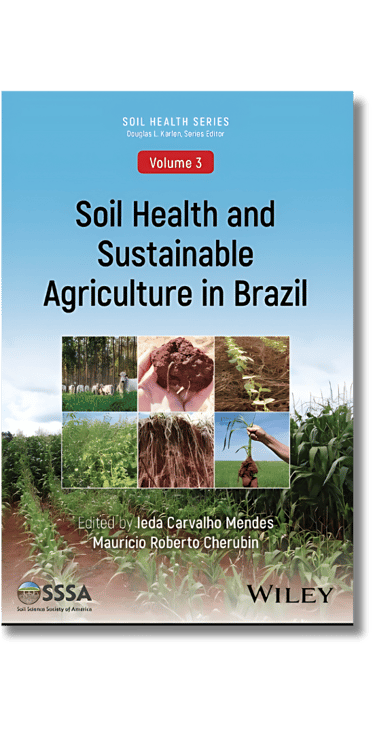Books
Practical Guide to Cover Plants:
Cover crops have been used as an alternative for diversifying annual, semi-perennial and perennial cropping systems in different regions of Brazil. In this context, this work provides academics, producers and professionals in technical assistance and rural extension with phytotechnical information, general characteristics, indications and specific limitations of use of 49 species of spring/summer and autumn/winter cover crops, both for single crops (one species) and for intercropping of two species, or mixes with three or more species in the same area.
The book is divided into four sections. The first section presents the concepts and importance of soil health, with the main objective being to disseminate the multifunctionality of the soil and its interrelationship with the health of plants, animals, people, the environment and, ultimately, the health of the planet as a whole. The second section features the best photographs and the three award-winning photographs that represent soil health. The third section features the best illustrations/infographics, three of them award-winning, that creatively illustrated how to identify healthy soils. Finally, the last section informs the reader about the conditions that make up soil fertility.
Soil Health: Multiple Perspectives and Insights:


“KIT SOHMA” Soil Health Field User Guide:
In agricultural systems, soil health refers to the "continued capacity of a soil to maintain chemical, physical, and biological balance, supporting processes and functions that provide a favorable environment for plant growth." However, soil health cannot be measured by a single parameter, but rather indirectly assessed through chemical, physical, and biological indicators that are dynamic and sensitive to management. Thus, the “KIT SOHMA” was developed to optimize this process, offering a practical, cost-effective methodology that does not generate waste to the environment for field assessment of chemical, physical, and biological indicators of soil health. Thus, this "User's Guide" provides guidelines for measuring and interpreting these indicators, as well as for consolidating them into a unified soil health index. In addition, the guide presents suggestions for management practices that promote improved soil health and agricultural sustainability.




Cover crops and their interrelationships with soil health:
Currently, the literature on cover crops addresses the performance of each soil property (physical, chemical and biological) individually. Thus, in accordance with the concept of multifunctionality addressed by several articles, this ebook seeks to summarize the findings of the literature on the mechanisms by which cover crops improve the performance of soil functions that are potentially affected by the inclusion of cover crops in the production system and their direct and indirect relationships. The use of cover crops has the potential to make several beneficial changes to the physical, chemical and biological properties of the soil and maintain its multifunctionality.


Soil Health and Sustainable Agriculture in Brazil
Maintaining healthy soil resources provides the foundation for a range of global efforts and initiatives that affect humanity. Researchers, consultants, and farmers must be able to properly examine and understand the complex nature of this essential and fragile resource. “Soil Health and Sustainable Agriculture in Brazil” provides a highly readable overview of the main cropping systems and management practices adopted in Brazil to improve soil health and sustain agricultural and forestry production systems.


